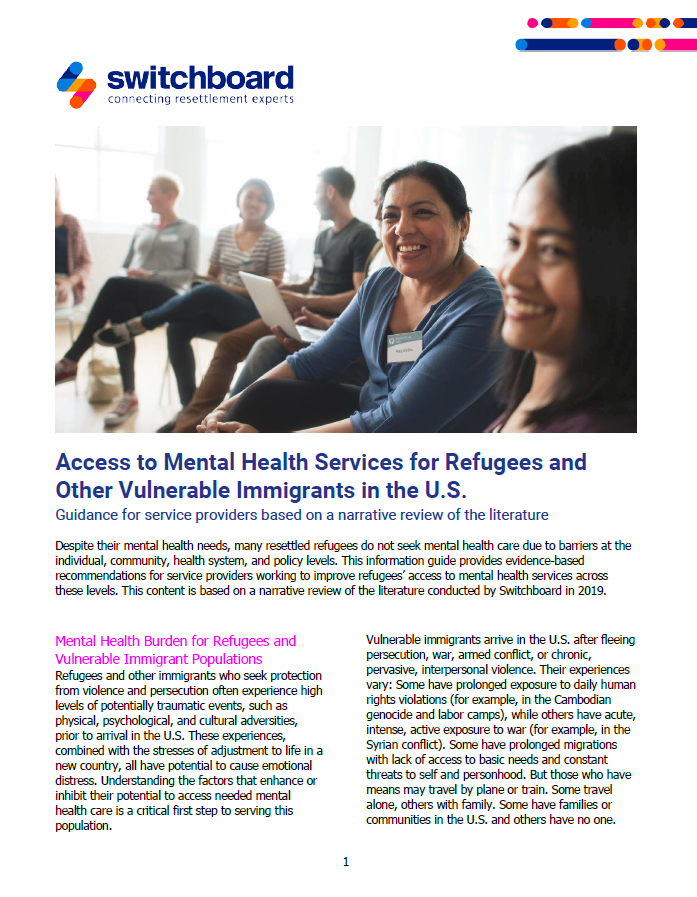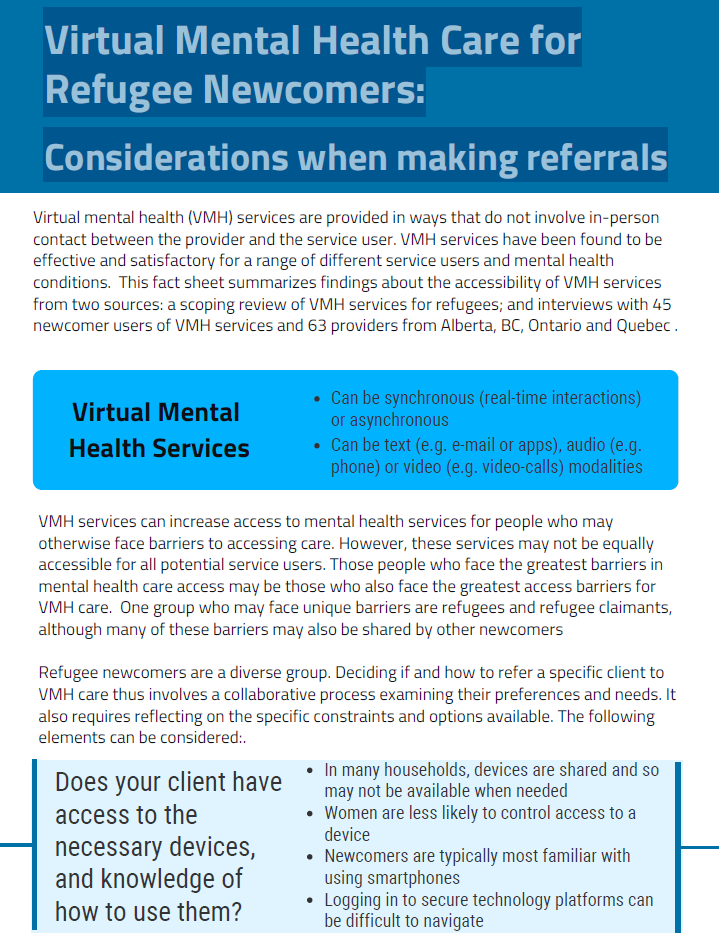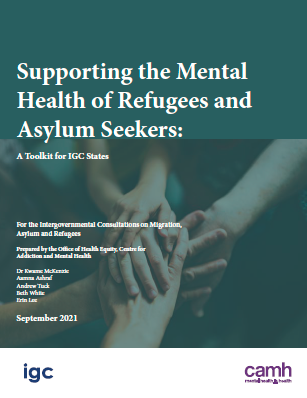Mental health services in the United States can be challenging to access and navigate for many individuals. For refugees and newcomers, these challenges are often compounded by additional barriers related to language, stigma, and the stressors of displacement and resettlement. While there are no easy one-size-fits-all solutions, there are meaningful ways you can support clients in accessing mental health care that is responsive to their individual backgrounds and cultures.
Culture as a Foundation, Not a Barrier
Rather than viewing cultural differences as a barrier to mental health services, both service providers and health care providers should view culture as a foundation. Mental health systems and coping mechanisms vary widely across cultures. Some people may not feel comfortable expressing or feeling their emotions for fear of being labeled “weak,” “incompetent,” or “crazy.” In many communities, emotional distress may be expressed through physical symptoms such as fatigue, stomach pain, or headaches—which clinicians may refer to as “cultural idioms of distress.” What may be interpreted as anxiety or depression in one setting could be described very differently in another. It’s important to avoid making assumptions and instead explore what mental and emotional well-being means to individual clients.
Additionally, stigma around mental health, often rooted in cultural, religious, or historical contexts, may prevent individuals from seeking care. Therefore, using accessible language is essential. Terms like “therapy” or “mental illness” may carry harmful connotations or feel disempowering. Framing the conversations using terms like “support,” “healing,” or “wellness” can foster trust and open doors that might otherwise remain closed. Importantly, this does not mean you should avoid clinical terms entirely, because you do not want clients to feel misled or tricked. Meet clients where they are and approach the conversation with an open mind, clarity, and respect. This is especially important during initial encounters with clients. As rapport is established and relationships strengthen, providers may gradually introduce more clinical language, guided by the client’s comfort and understanding.
Building Trust Through Relationships and Regulation
Newcomers often arrive in survival mode, understandably focused on meeting basic needs such as housing, safety, food, and employment. Introducing therapy too early, especially through formal assessments, may feel intrusive, irrelevant, or disconnected from the individual’s current priorities. Instead, build rapport gradually and help clients feel safe. Engage clients who are parents in conversations about their children’s mental health and developmental milestones so that these clients are equipped to support their families during the adjustment period. The National Child Traumatic Stress Network and the Center for Adjustment, Resilience and Recovery provide helpful resources tailored for refugee and newcomer families.
One effective strategy to build trust and regulation is called somatic-based care, which focuses on helping clients regulate their nervous systems. Techniques like grounding, deep breathing, and orientation to the present moment can offer relief from trauma, especially when verbal processing is not accessible or safe. Providers, too, should practice trauma-informed care and remaining self-regulated to co-create a sense of calm.
Reducing Barriers and Promoting Empowerment
Barriers to care that newcomers may face include language, transportation, health care costs, child care, and difficulty navigating the health care system. Organizations can play a critical role in addressing these barriers by partnering with trained and trauma-informed interpreters, offering flexible scheduling and transportation support, and creating welcoming spaces that reflect clients’ cultures. Community health workers and peer support specialists with lived experience as newcomers can also be powerful bridges.
Clients may not know how to advocate for themselves in clinical settings. Equipping them with tools like a simple list of questions to ask providers can build confidence and autonomy. Informing clients of their rights, like letting them know they have the option to switch providers if they do not feel comfortable, is also important. Educating providers around cross-cultural, trauma-informed, and nondiscrimination practices can help foster open and honest dialogue. For more, see the Office of Minority Health National Standards for Culturally and Linguistically Appropriate Services (CLAS) in Health and Health Care.
Moving Forward
Integrating clients’ cultures into mental health care isn’t a checklist but an ongoing commitment to learning, listening, and adapting. When care is human-centered, trauma-informed, and grounded in awareness of individual experiences, it not only supports individual healing but also strengthens communities. Whether through individual counseling, wellness activities, or informal support groups, the goal remains the same: creating spaces where people feel seen, heard, safe, and supported in their healing journey.
The IRC received competitive funding through the U.S. Department of Health and Human Services, Administration for Children and Families, Grant #90RB0053. The project is 100% financed by federal funds. The contents of this document are solely the responsibility of the authors and do not necessarily represent the official views of the U.S. Department of Health and Human Services, Administration for Children and Families.










